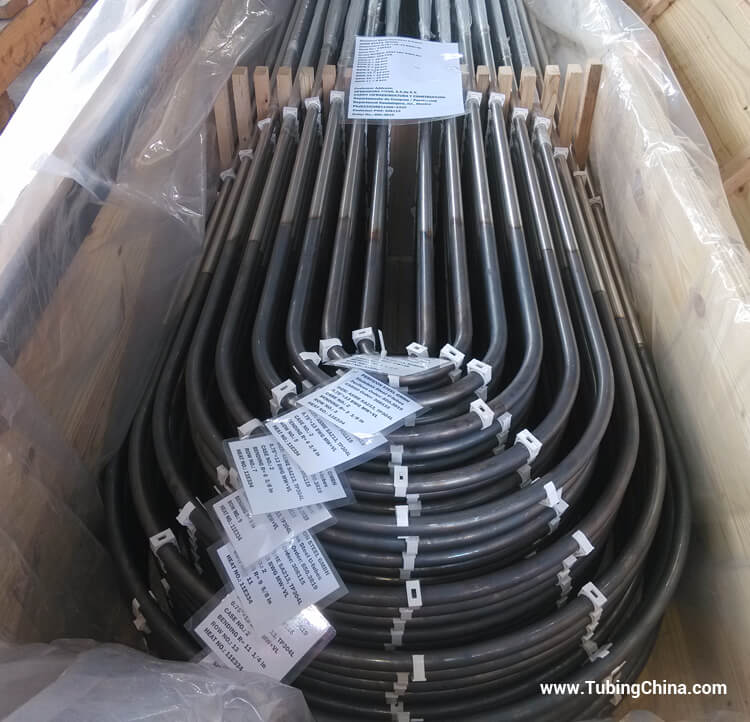Stainless Steel Tubing and Stainless Steel Pipe: The Ultimate Guide
Introduction
When it comes to stainless steel applications, stainless steel tubing and stainless steel pipe are two of the most commonly used components. Both tubing and pipe serve various industrial, commercial, and residential purposes, but they have distinct characteristics and applications. In this guide, we will explore the differences between Stainless Steel Tubing and stainless steel pipe, their uses, and the benefits they offer. So, let's dive in!

Stainless Steel Tubing: A Closer Look
Stainless steel tubing refers to a hollow cylindrical structure made from corrosion-resistant stainless steel. It is available in various sizes, shapes, and grades to suit different requirements. Tubing is often welded or seamless, with seamless options considered to be more durable and efficient.
What are the uses of Stainless Steel Tubing?
Stainless steel tubing finds widespread use in multiple industries due to its exceptional qualities. Here are some common applications:
Transportation - Stainless steel tubing is extensively used in automotive, aerospace, and marine industries for exhaust systems, hydraulic lines, and fuel supply.
Medical Field - It is an essential component in healthcare equipment such as surgical instruments, implants, and medical gas supply systems.
Construction - Stainless steel tubing is used in structural components, handrails, and ornamental applications, thanks to its strength and appealing aesthetic.
Food and Beverage Industry - The corrosion-resistant nature of stainless steel tubing makes it ideal for food processing, brewing, and dairy applications.
Chemical and Petrochemical Processing - Stainless steel tubing handles the demanding conditions of chemical plants, oil refineries, and pipelines, offering reliability and longevity.
What are the advantages of Stainless Steel Tubing?
Stainless steel tubing offers several advantages over other materials, making it a preferred choice in numerous industries. Let's take a closer look:
High Corrosion Resistance - The chromium content in stainless steel tubing forms a protective layer, rendering it highly resistant to corrosion, even in harsh environments.
Strength and Durability - Stainless steel tubing exhibits excellent strength, enabling it to withstand high pressure and temperature variations.
Hygienic Properties - Stainless steel is non-porous and easy to clean, making it ideal for industries with strict hygiene requirements, such as food and pharmaceuticals.
Aesthetic Appeal - The smooth and polished surface of stainless steel tubing adds an aesthetically pleasing touch to architectural and decorative applications.
Ease of Fabrication - Stainless steel tubing can be easily fabricated into various shapes and sizes, allowing for customization and versatility in different projects.
Stainless Steel Pipe: A Comprehensive Analysis
Stainless steel pipes, similar to tubing, are hollow cylindrical structures made from stainless steel. However, pipes differ from tubing in terms of their dimensions. Pipes have standardized measurements based on nominal pipe size (NPS) and schedule, while tubing is measured by its outer diameter (OD) and wall thickness.
How is Stainless Steel Pipe Used?
Stainless steel pipes offer a wide range of applications across multiple industries. Here are a few notable uses:
Fluid Transportation - Pipes are commonly used to transport fluids, whether it's water supply, oil and gas transmission, or chemical processing.
Structural Support - Stainless steel pipes provide strength and stability in construction projects, such as building frames, bridges, and infrastructure.
Heat Exchangers - Pipes with specific dimensions and materials are utilized for efficient heat transfer in various industries, including HVAC systems and power plants.
Industrial Processing - Stainless steel pipes are crucial components in industries such as pharmaceuticals, petrochemicals, and food processing, where hygiene and resistance to corrosion are essential.
Key Advantages of Stainless Steel Pipe
Similar to tubing, Stainless Steel Pipe offer several advantages that contribute to their widespread usage. Let's explore:
Strength and Longevity - Stainless steel pipes can withstand high pressure, extreme temperatures, and various environmental factors without compromising their structural integrity.
Corrosion Resistance - Like tubing, stainless steel pipes possess excellent corrosion resistance, making them suitable for applications where exposure to moisture and corrosive elements is prevalent.
Dimensional Uniformity - Pipes follow standardized measurements, ensuring compatibility, ease of installation, and interchangeability in various systems.
Low Maintenance - Stainless steel pipes require minimal maintenance compared to other materials, reducing the overall lifecycle costs in the long run.
Environmentally Friendly - Stainless steel is entirely recyclable, making stainless steel pipes an eco-friendly choice that contributes to sustainability efforts.
In Conclusion
Stainless steel tubing and stainless steel pipes are essential components in multiple industries. While both offer exceptional resilience and resistance to corrosion, they differ in terms of dimensions, uses, and fabrication methods. Understanding the distinctions between these two stainless steel products enables businesses and individuals to make informed choices based on their specific requirements. Whether it's tubing for precision applications or pipes for structural support, stainless steel remains a reliable and versatile material for countless projects.
Last updated